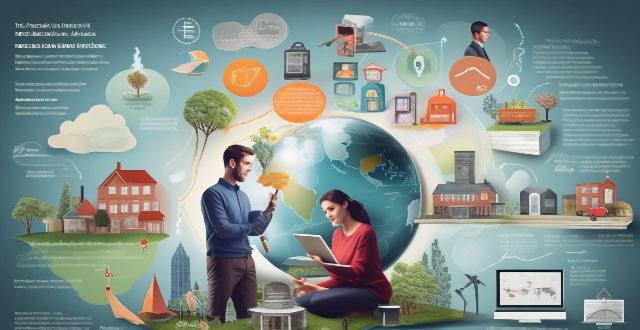Technology has revolutionized education, making it more accessible, interactive, and personalized. It facilitates lifelong learning through online resources, digital libraries, simulation software, gamification, adaptive platforms, mobile learning, social media groups, online workshops, instant feedback, cost efficiency, and globalization of education. Technology offers a wealth of benefits for learners of all ages and backgrounds.

How Does Technology Facilitate Lifelong Learning?
Technology has revolutionized the way we learn, making education more accessible, interactive, and personalized than ever before. Here's how technology facilitates lifelong learning:
1. Accessibility of Information
- Online Resources: The internet provides a wealth of information on virtually any topic, from academic journals to how-to videos.
- Digital Libraries: E-books, audiobooks, and online databases offer vast repositories of knowledge that can be accessed from anywhere.
2. Interactive Learning Experiences
- Simulation Software: Programs allow users to practice skills in a risk-free environment, such as flight simulators for pilots or virtual labs for scientists.
- Gamification: Educational games make learning fun and engaging, encouraging users to continue their educational journey.
3. Personalization and Adaptive Learning
- Adaptive Platforms: AI-powered systems adapt to the learner's pace and style, offering personalized feedback and paths through the material.
- Customizable Content: Learners can choose topics that interest them, creating a unique curriculum tailored to their needs.
4. Flexibility and Convenience
- Mobile Learning: Smartphones and tablets enable learning on the go, allowing users to fit education into their schedule.
- Asynchronous Learning: Online courses and webinars can be taken at any time, accommodating different time zones and lifestyles.
5. Collaboration and Networking
- Social Media Groups: Forums and groups dedicated to specific subjects foster discussions and collaboration among peers.
- Online Workshops: Virtual workshops connect people from around the world, enabling them to share ideas and learn collaboratively.
6. Real-Time Feedback and Assessment
- Instant Grading: Automated quizzes provide immediate results, helping learners identify areas for improvement.
- Progress Tracking: Digital tools track progress over time, helping learners visualize their growth and set goals.
7. Cost Efficiency
- Free Courses: Many platforms offer free courses, reducing financial barriers to education.
- Reduced Material Costs: Digital textbooks and resources eliminate the need for physical copies, saving money and space.
8. Globalization of Education
- Cross-Cultural Exchange: Online platforms break down geographical barriers, allowing students from different cultures to interact.
- Language Learning Tools: Apps and software make language acquisition more accessible, promoting multilingualism.
In conclusion, technology plays a pivotal role in facilitating lifelong learning by making education more accessible, interactive, personalized, flexible, collaborative, efficient, and global. As technology continues to evolve, so too will the ways in which we learn throughout our lives.